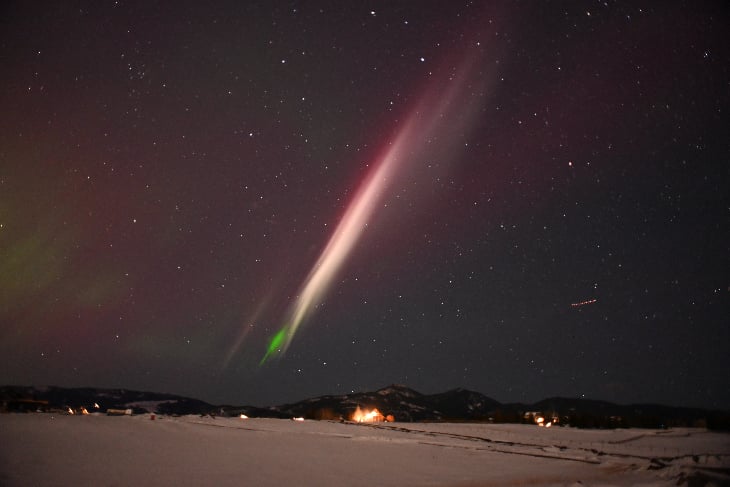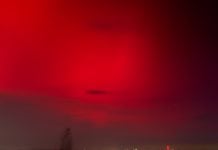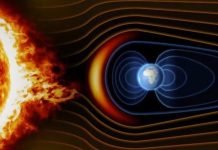The sun is blank (no sunspots). Nevertheless, this happened on March 14, 2018:
Watch the video again and pay special attention to the moments after 1:30. Those dynamic swirls of pink are caused by energetic particles reaching unusually deep into Earth’s atmosphere, interacting with nitrogen molecules to produce a pink glow so intense that it sometimes appeared white.
Meanwhile the sun was also blank on March 16th… And again that happened:
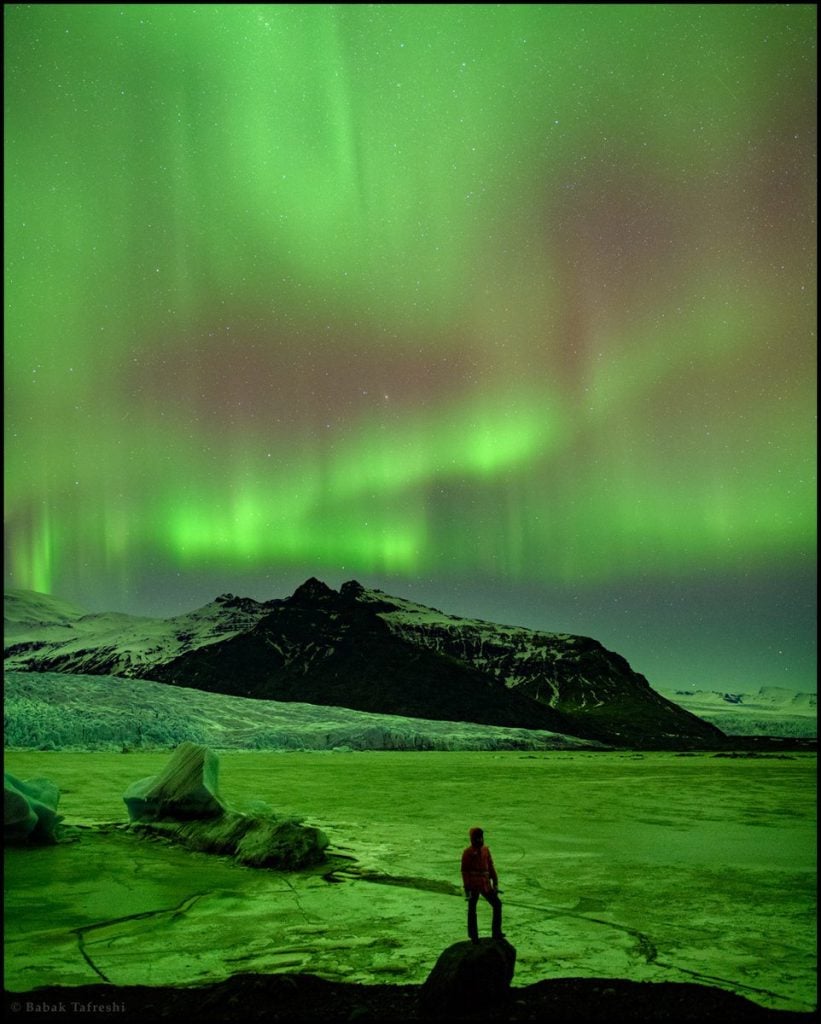
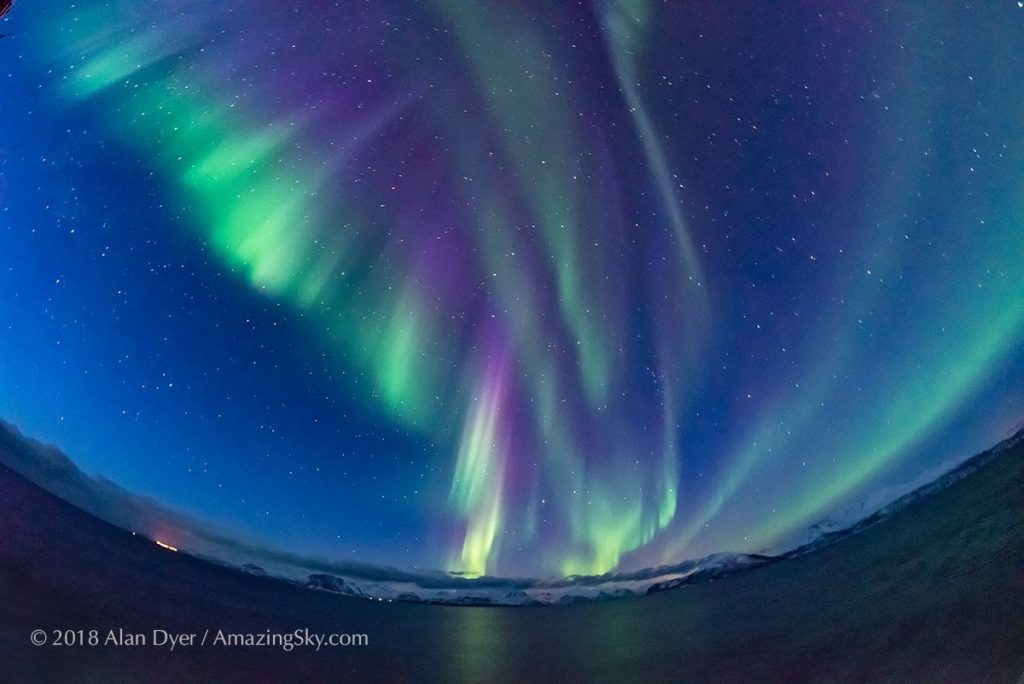
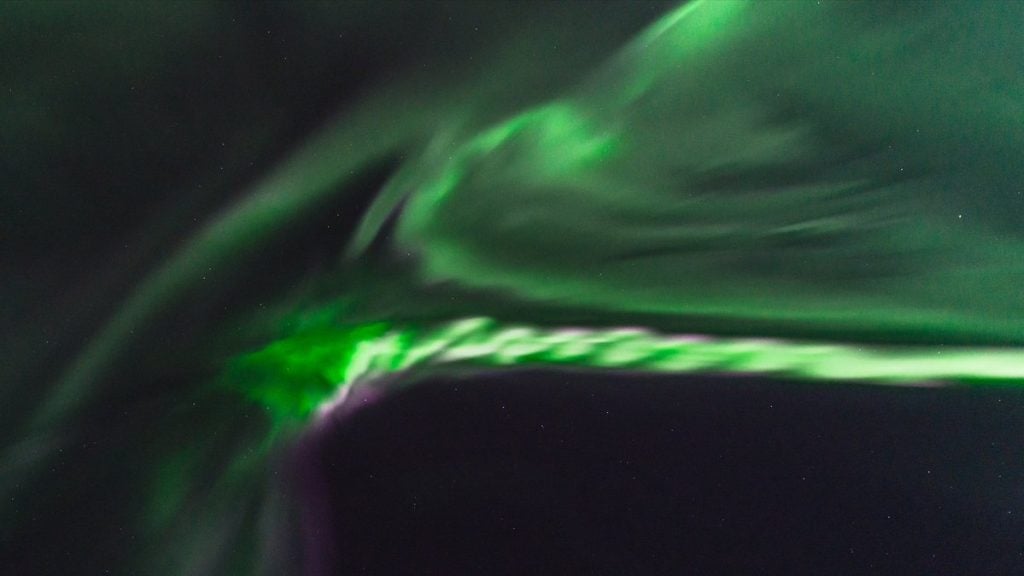
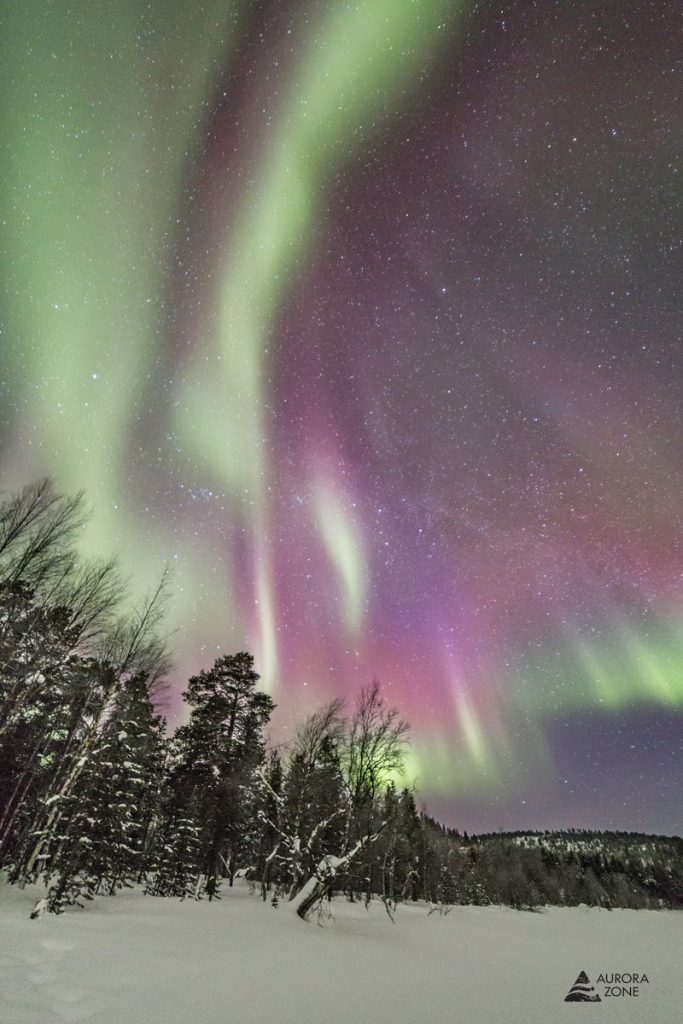
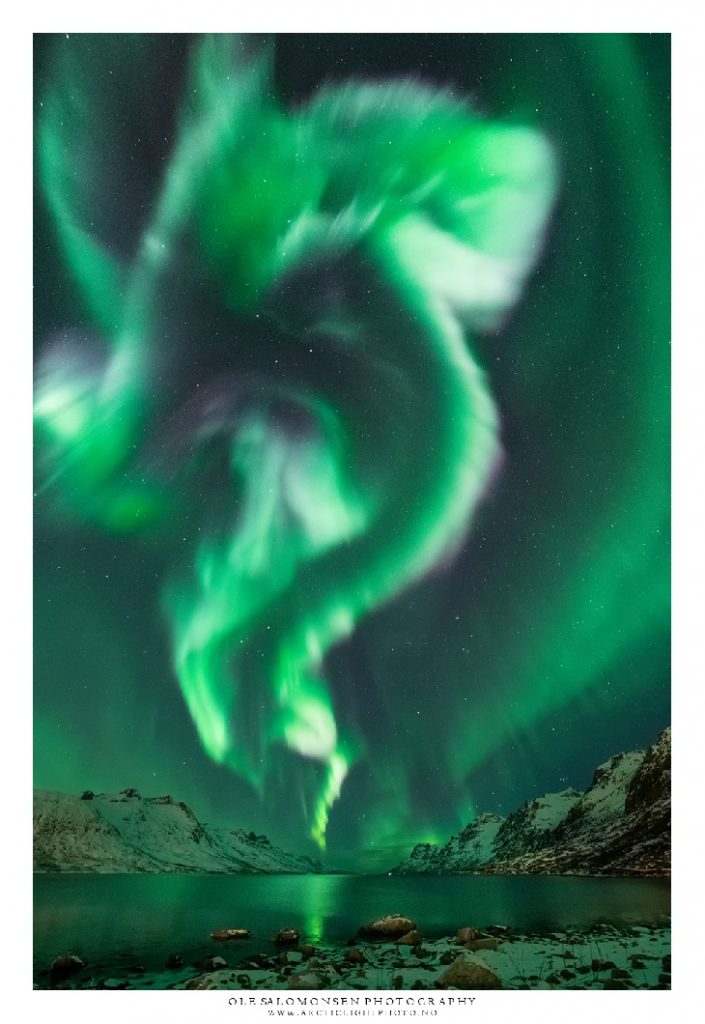
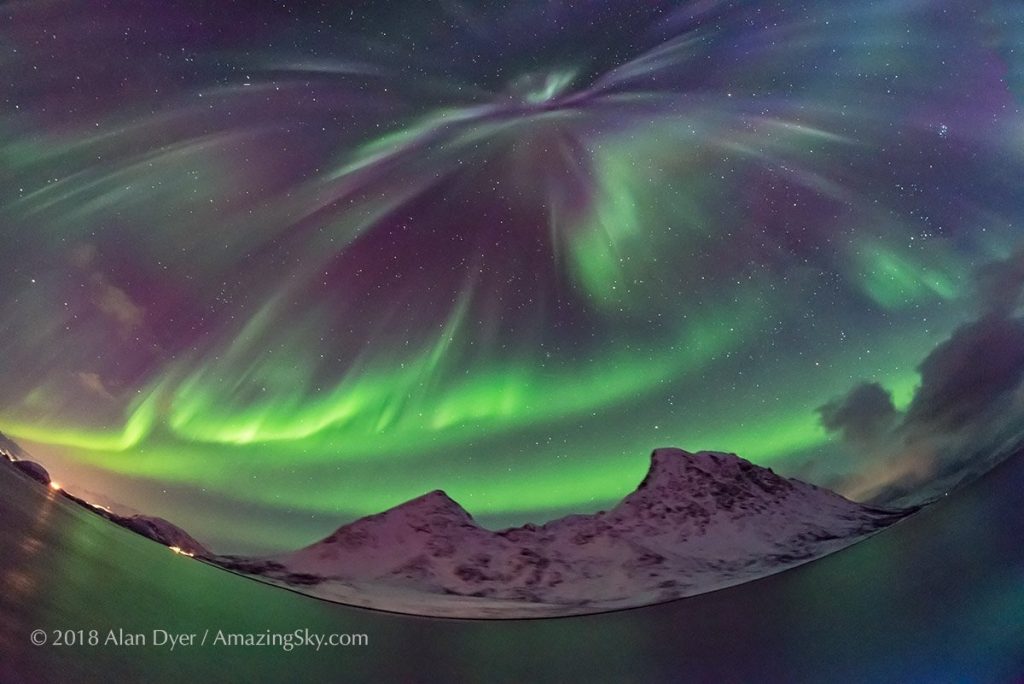
Again, northern lights don’t need sunspots. Both amazing outbursts were produced by a crack forming in Earth’s magnetic field – a so-called coronal hole. Ambient solar wind poured in to fuel the display. Coronal holes form often during solar minimum, lashing Earth with streams of solar wind that spark beautiful Arctic lights. Moreover, these wide gash in the sun’s atmosphere occur more frequently than usual during weeks around equinoxes.
We are heading towards solar minimum. This means with fewer spots and flares on the sun. So far in 2018, the sun has been blank (no sunspots) for at least 37 days or for more than half of the time! This has never been seen in the last 10 years. But still we have a great northern light season.
SO if you are living up North, keep your eyes to the sky, you may witness something totally amazing if a coronal hole explodes toward Earth.






